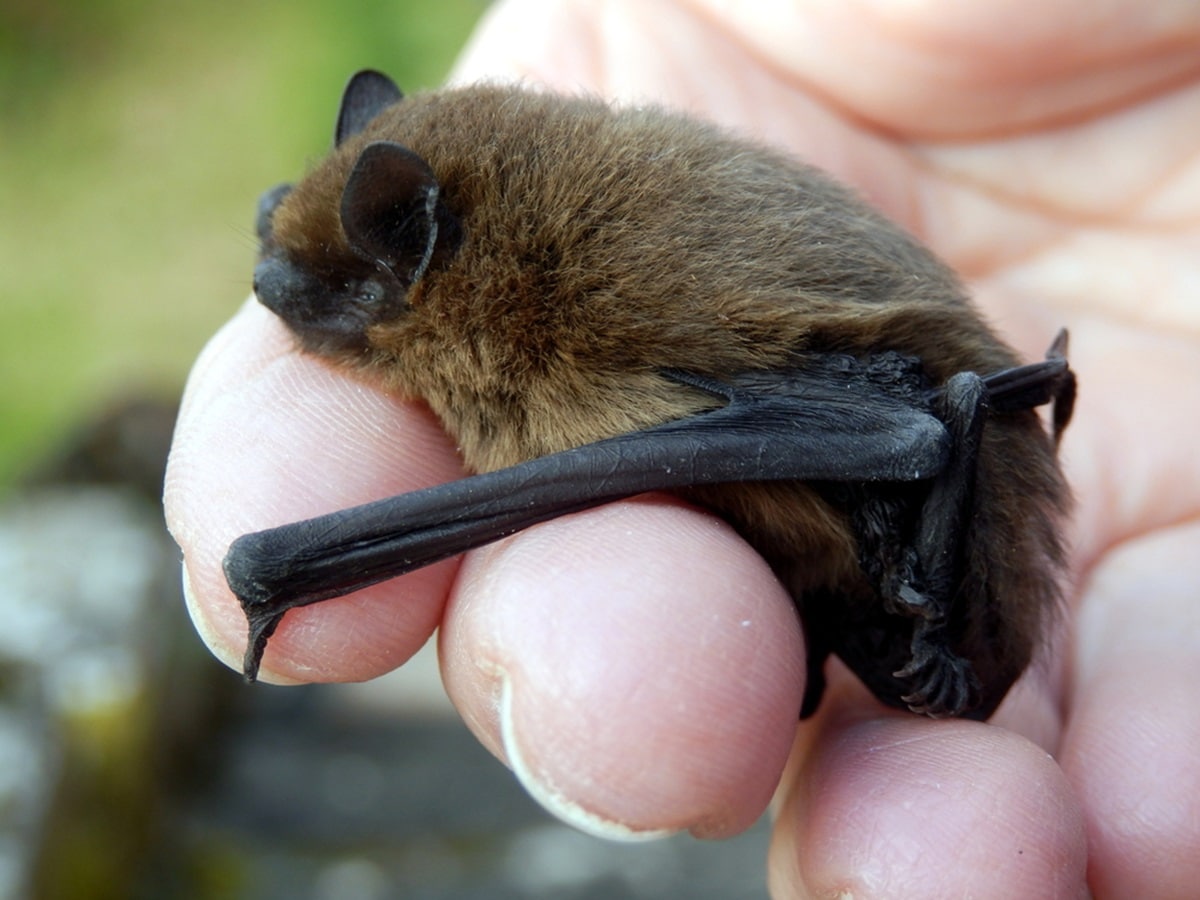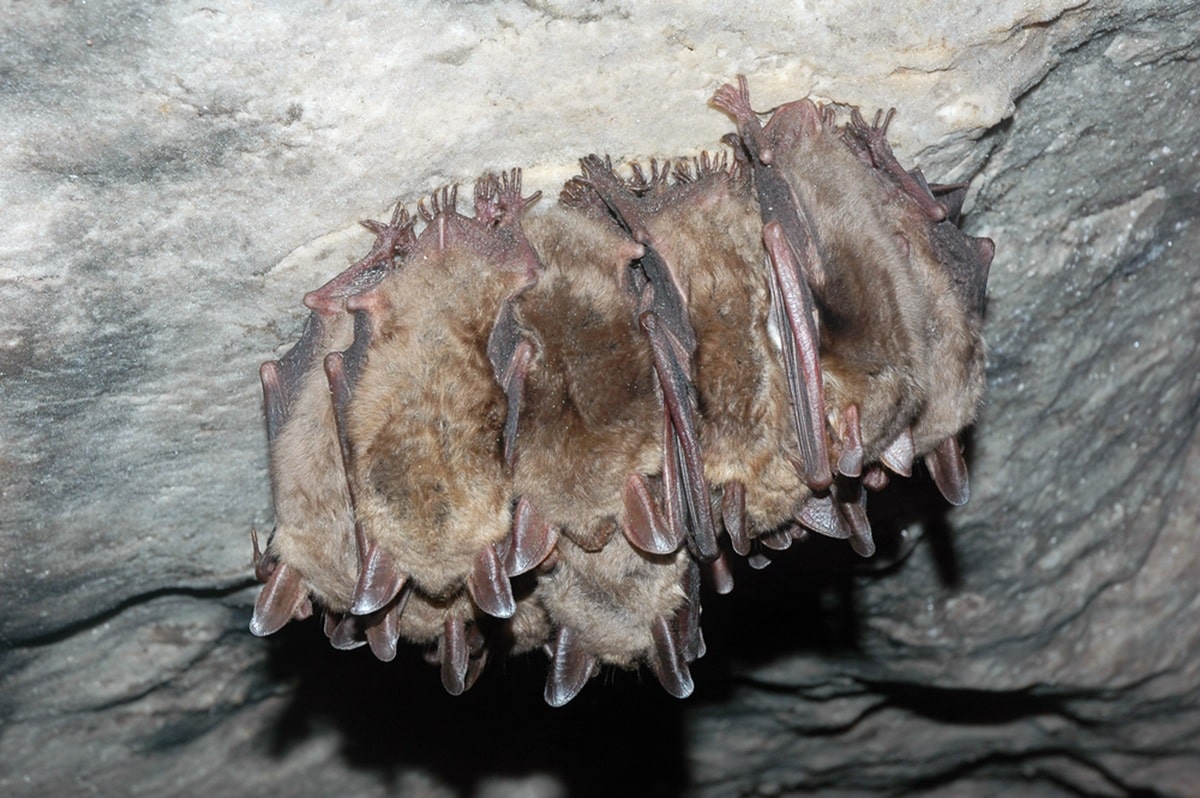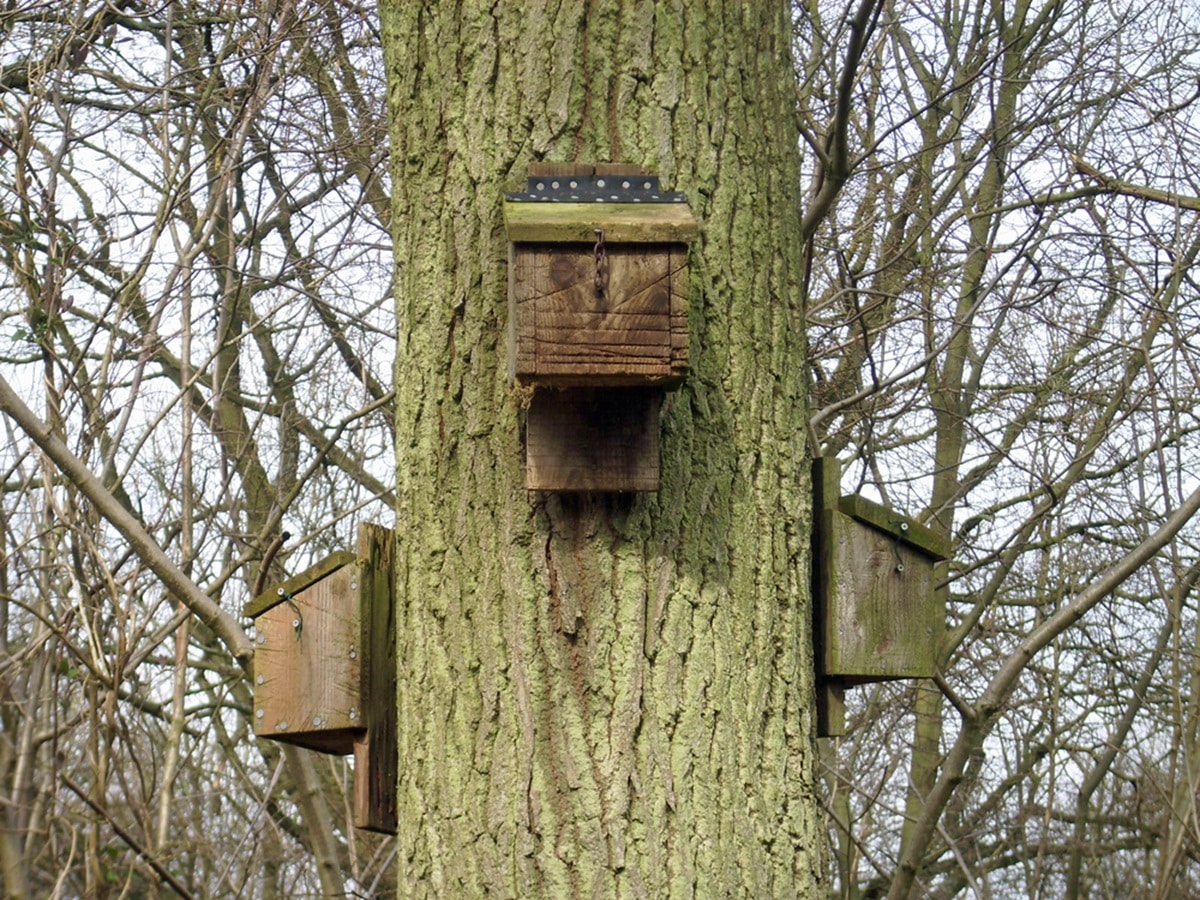Glasgow’s ecological features and potential bat habitat
With its diverse mix of tenement housing, modern developments, Victorian villas and expansive parklands, Glasgow offers a surprisingly wide range of potential roosting habitats for bats. Despite being heavily built-up in many parts, Glasgow’s green corridors, riverbanks and mature trees provide ideal foraging and commuting routes for several UK bat species. As such, a bat survey in Glasgow will often be required by the local planning authority when it considers planning applications, especially when a proposed development could impact buildings, trees or landscapes that may serve as bat roosts.
Potential bat roosts in Glasgow can be found in attic spaces, gaps behind fascia boards, roof voids, under slate tiles, in garages, bridges, old stonework, trees with cavities and other locations that offer shelter. Even small garden sheds and derelict structures can be used by bats. These animals rely on secure, undisturbed roosting sites and access to nearby insect-rich feeding areas, making any alteration to these habitats potentially significant. Because bats are highly sensitive to environmental change, any development work in Glasgow that might impact roosts, particularly roof renovations, tree works or demolition, may be legally required to provide a bat survey by local authorities.
Strict Legal Protection for Bats in Scotland
Bats are strictly protected under both UK and Scottish legislation due to population decline and increasing habitat loss. Under the Wildlife and Countryside Act 1981 and the Conservation of Habitats and Species Regulations 2017, it is illegal to capture, kill, or disturb bats, or to damage or destroy their roosts, even if the bats are not currently present. The legal responsibility to avoid harm extends to developers, architects and contractors, meaning that bat surveys in Glasgow are not simply a formality, but a crucial part of environmental due diligence.
Requirement for a European Protected Species Licence
NatureScot is the statutory nature body responsible for ensuring compliance with these protections in Scotland. Any development that risks disturbing bats or their habitats may require a European Protected Species Licence (EPSL) from NatureScot before proceeding. To secure this, a series of detailed ecological surveys and mitigation measures must be put in place to demonstrate that the project can continue without negatively impacting protected species.
Bat Conservation in Glasgow and the Clyde Valley
While the Bat Conservation Trust provides national oversight and guidance, local efforts in the Greater Glasgow area are supported by regional bat groups and wildlife organisations. The Clyde Bat Group, for example, works across the Glasgow and Clyde Valley region to promote bat conservation, deliver public education and support the care of any injured bat or displaced bats. These groups also assist in bat population monitoring and help maintain awareness of the ecological importance of bats in the urban environment.
Several bat species are known to inhabit Glasgow and its surroundings, including common pipistrelle bats, soprano pipistrelle, Daubenton’s bat, noctule and brown long-eared bat. The city’s combination of watercourses, woodlands and urban shelter provides a mosaic of suitable habitats, though these species remain vulnerable to construction and land-use changes.

When Is a Bat Survey in Glasgow Required?
A bat survey in Glasgow is often requested during the planning application process when a site has features with potential for bat use. This could follow an initial ecological assessment or be triggered by visible signs of bat activity. In such cases, the first step is a Preliminary Roost Assessment, where an experienced ecologist inspects buildings or trees internally and externally to identify any evidence of bat presence, such as bat droppings, feeding remains, staining or roosting cavities. If the Preliminary Roost Assessment finds evidence of bats, or even just a moderate to high likelihood that bats may be present, then further bat activity surveys will be required by the local planning authority.
Further surveys
Following the Preliminary Roost Assessment, the next bat surveys are typically known as Bat Emergence Surveys and Re-Entry Surveys or bat activity surveys. These more detailed surveys are seasonally restricted to the bats’ active season, which runs from May to September, and involve multiple site visits at dusk and dawn to observe bat activity. Ecologists use specialist equipment such as bat detectors, night vision scopes, and thermal imaging to identify bat species present, bat populations and determine the nature and extent of bat use on the site.
If other protected species are identified on a development site, such as great crested newts, the need for further protected species surveys or ecological surveys will arise.
Bat Survey Reports and Planning Outcomes
Following any bat surveys in Glasgow, the findings are compiled into a comprehensive report, which is submitted to the local planning authority to support the planning application. If the site is deemed to have no bats or low potential for roosting, the report will help expedite planning permission. However, if bat occupancy is confirmed, the detailed report will outline necessary bat mitigation strategies to ensure that their habitat is preserved or compensated for. This might involve the timing of works on a development site to avoid sensitive periods, retention of certain features, or the installation of artificial bat boxes.
Where necessary, our licensed consultants will prepare a European Protected Species Licence (ESPL) application and liaise with NatureScot on your behalf. We can also create detailed mitigation plans and method statements regarding protected species surveys that satisfy planning conditions and ensure full legal compliance.

High Quality Bat Survey Services in Glasgow
Our ecology consultancy delivers professional, reliable and efficient bat surveys across Glasgow and the wider Central Belt. Whether you are converting a historic building in the West End, redeveloping a brownfield site in the East End or altering a property in the suburbs, we have the local expertise and extensive knowledge to ensure your development project meets all ecological requirements.
Our ecological consultants are bat licence holders and can carry out all types of bat surveys to the highest industry standards. They have experience of dealing with Glasgow City Council and surrounding planning authorities and can handle the entire process: from initial assessments to detailed activity surveys, re entry surveys, emergence surveys, EPSL licensing support and habitat mitigation. We offer a full service with a fast turnaround to developers, architects and homeowners.

Contact Our Experienced Team for Your Bat Survey in Glasgow
If your project requires a bat survey in Glasgow, contact our experienced ecological consultants today for a no-obligation, free quote. By providing details about your site and plans, we can advise on what type of survey is needed and offer a tailored cost estimate. Once you’re ready to proceed, we will arrange a site visit at a convenient time and ensure it aligns with your development timeline and local planning authority guidelines.
With our in-depth understanding of local planning policy, European protected species legislation, bat surveys and ecological best practice, our experienced team is well placed to help support planning applications and enable you to meet your obligations while achieving planning permission.
